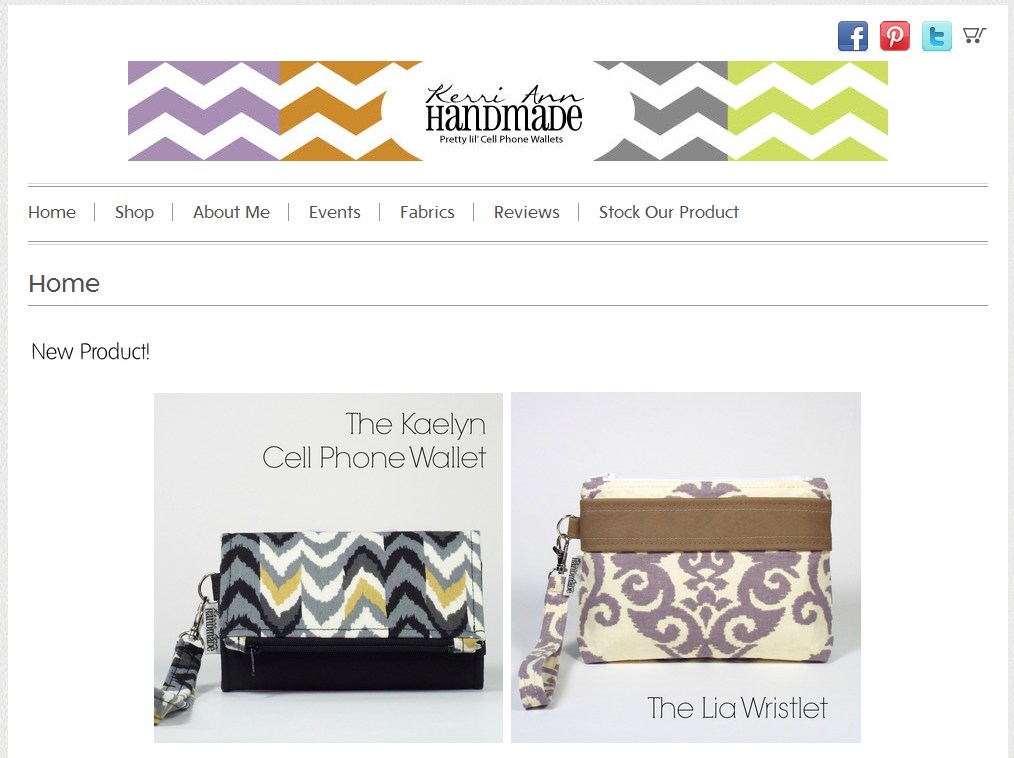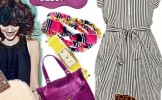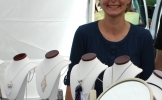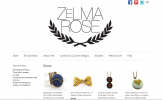Posted by Cynthia Boris
In the May 2014 “Commercialising Creativity Report,” the British Fashion Council said that not having a website in this day and age is a cardinal sin. It doesn’t matter if you’re just starting out or if you’ve already sold your first line, a website can help a young designer get noticed and help an established designer solidify her brand.
A website is also a great way to sell your designs directly to the public. According to eMarketer, Apparel and Accessories is one of the fastest growing segments in the ecommerce world. Last year, consumers spent over $40 billion dollars in this category in the US alone. By 2016, eMarketer says that number will rise to over $73 billion. There’s no reason why you shouldn’t have a piece of that pie.
Actually, there is a reason – fear. Designing a cocktail dress is easy compared to designing a website. What if it comes off looking amateurish? What if it’s too hard to maintain?
British designer Lulu Guinness has something to say about that: "You’ve got to be fearless, I think you get left behind otherwise. You've just got to go with it – use your intelligence, your common sense. If you’re a fashion retailer you should be embracing every single type of technology you can."
And really, there’s nothing to fear because with today’s online tools, building a website is easier than ever.
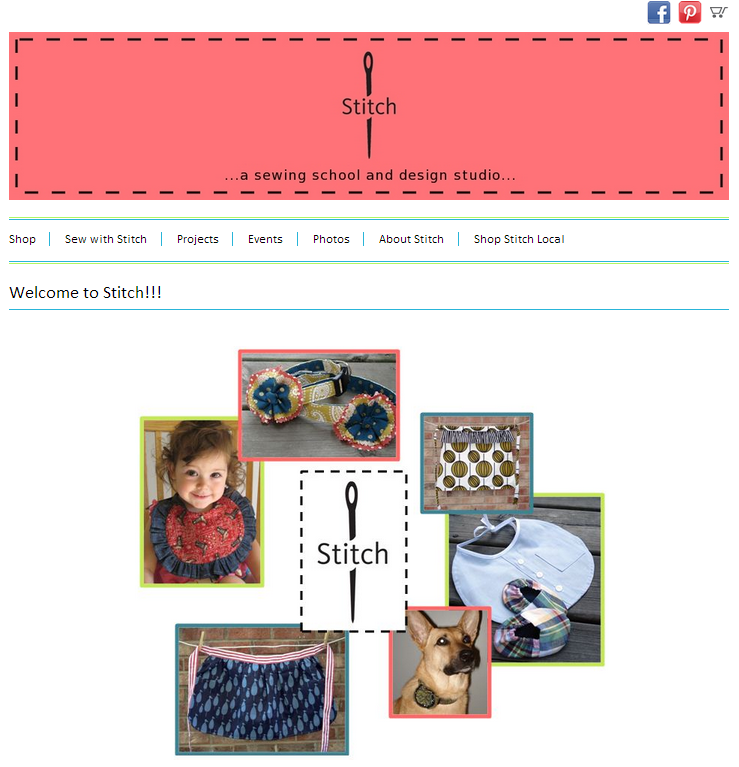
Welcome to. . . .
The most important aspect of setting up a fashion website is consistent branding. It begins with the URL. Is your name your brand or do you have a business name? Before launching any business venture, you should buy the dot com that matches the name as closely as possible.
If you have an unusual name or one that spelled in an unusual way, you may have no trouble buying the exact match. (MerilynMousehaven.com) If the name you want is already taken you’ll have to get creative. Use a tool such as http://www.bustaname.com/ to come up with new ideas.
Tip: If the name you want is not available, locate the email address for the current owner at Who.godaddy.com and offer to buy it. Unfortunately, most owners will ask more than you can pay for it but you might find an understanding soul who is interested in helping out a young designer.
Owning the URL for a company is extremely important these days. Not just for branding but for your own protection when your business takes off.
Location, Location, Location
Once you have a domain name, it’s time to find a location for your “store." Though you can move a website once it’s been built, it’s rarely a smooth process so do your homework before signing that virtual lease.
Look for a hosting plan that can grow as your business grows. Also, check out the neighborhood. Search online for company reviews, ask for opinions on social media and forums and see who else has already moved in.
Tip: You’ll find a selection of current IndieMade sites on the example tab of our website.
A good rule of thumb is to buy the best you can afford. It’s not worth buying a starter plan just to save $5 a month. That might be fine to start but you’ll kick yourself if you get covered in the New York Times and your site crashes or you get stuck with a hefty bandwidth overage bill.
Another reason not to skimp is tech support. If you’re running an ecommerce store, down time means a loss of potential revenue. You’ll sleep better knowing that you can easily reach support personnel who will help you get back online as quickly as possible. Also, ask about server back-up options. That way, if your site is hacked or breaks during an update, the site can be restored without any data lose.
Another thing you’ll want to look at is traffic. In the real world, you might choose a busy shopping center for your store or you might sell your designs at a popular boutique.
On the internet, traffic comes from advertising and search engines. If Google can’t find your store, shoppers can’t either. But when you build your site on a platform with good Search Engine Optimization you’re halfway there before you’ve started.
Indiemade has an easy SEO template attached to every post and page. Simply fill in the blanks using keywords a customer might use to find your designs. Choose words such as vintage, urban, punk, handmade, BoHo, preppy.
Tip: Use Pinterest to discover other trending keywords. Click the category button, choose Women’s Fashion and you’ll see a selection of trending topics.
Interior Design
Once you have a domain and a location (hosting plan), it’s time to move in. Some sites like IndieMade come with a ready-made structure. All you have to do is decorate using one of the pre-made template options. From there you can upload your own graphics and change the colors to match your brand.
The first page of your website should tell a visitor everything they need to know about the business. Are your designs feminine and flirty or edgy and dark? Do you design bridal gowns or hand-stamped jewelry? Is your target customer a fashion forward young exec or a mom who wants comfort above all else?
Don’t make a potential customer guess what you’re all about. Show them with color and graphics and text.
Now look where you are; you have your own domain name, a website with an ecommerce store and graphics that tell the world who you are. You’re ready to open the doors and start selling!
Not quite. Before you share that URL you need to add content and that’s what we’ll be talking about in part two of this series.

